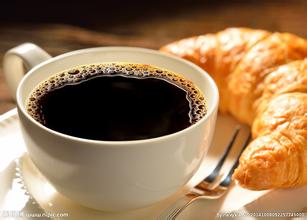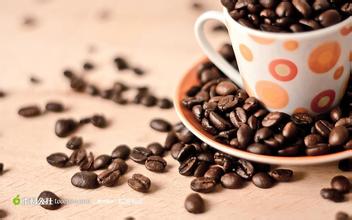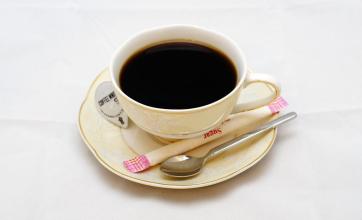espresso extraction scale grinding scale time powder quantity
espresso extraction scale grinding scale time powder quantity
Most coffee drinkers already know about the influence of roasting degree on grinding scale. Generally speaking, lighter roasting degree should be brewed with finer grinding degree in order to obtain more adequate extraction degree. On the contrary, darker roasting degree should be brewed with coarser grinding scale to ensure that excessive extraction is not easy to occur. Of course, there are many cases where the opposite is still unexpected. However, it is necessary to adjust the brewing method greatly, so it is not described in detail here.
In summary, we should all know that each coffee bean may have different roasting degrees, and the freshness of coffee beans and the extraction environment are changing at all times, so the grinding scale should also be adjusted at any time according to changes in various factors.
Environmental effects: The air circulation and humidity of the extraction environment will affect the extraction. The effect of humidity is more obvious. When the humidity is relatively high, the ground coffee powder is quickly wetted, and the freshly ground coffee powder has reacted with the air with higher humidity to become messy and impure, making it easier to extract bad taste, making the overall coffee taste turbid. Therefore, in the case of relatively high humidity, it is not suitable for finer grinding, and it is better to use a slightly coarser grinding. On the contrary, in the case of low humidity, coffee powder is ground out after contact with the air, the speed of oxidation reaction will also accelerate, if the coarse grinding degree is used, the coffee powder oxidation will make the extracted coffee taste less, so it should be adjusted appropriately. Of course, after adjusting the grinding degree, the corresponding adjustment of brewing time is also necessary.
At present, the extraction principle of all Italian coffee equipment on the market is to extract through pressure. In through-flow extraction, the concentration decreases with increasing extraction time (extraction yield). (Is there something wrong here? So imagine if we wanted to get a powder cake up to 30% extraction, all we could do was extract until the water coming out of the handle was pure water. So, is the concentration of coffee in the cup lower than that in the 20% extraction rate?) Conversely, a cup of espresso with a relatively high concentration will have a relatively low extraction rate.
In the reasonable extraction range of espresso--18%-22%, to ensure the complete embodiment of aroma and taste, to express typical espresso, ebf can be controlled at 50%; if atypical espresso, it depends on personal preferences and equipment performance!
The fineness of the grind determines the contact area between the coffee and the book, which (in the same case) effectively changes the coffee extraction rate. From the perspective of barrista, it can be understood as a flavor correction method in the coffee extraction process:
Under the same conditions, relatively fine coffee particles are easier to extract than relatively coarse coffee particles.

Important Notice :
前街咖啡 FrontStreet Coffee has moved to new addredd:
FrontStreet Coffee Address: 315,Donghua East Road,GuangZhou
Tel:020 38364473
- Prev

Artisan roaster realizes curve recording of coffee bean baking curve
Artisan roaster to achieve curve recording coffee bean baking curve when roasting pay more attention to the temperature rise rate can help to accurately control the baking process, early detection of abnormal furnace temperature, timely heating or cooling. But personally, paying too much attention to the temperature rise rate will increase the pressure on the baker during baking, because there is too much data to record, and if the nerves are too tight, they will be in a hurry. In
- Next

Description of taste and flavor of Tippika Coffee introduction of Variety treatment Manor in Grinding scale production area
The taste and flavor of Tieka Coffee describes the grinding scale producing area variety treatment method Manor introduces that Arabica and Robusta are species of coffee trees, the former grows at high elevations, while the latter grows at low elevations, the two are very different in use. there are few occasions where they can be compared. Hainan and Yunnan are different producing areas, affected by local soil, water and climate, taste and flavor, etc.
Related
- Beginners will see the "Coffee pull flower" guide!
- What is the difference between ice blog purified milk and ordinary milk coffee?
- Why is the Philippines the largest producer of crops in Liberia?
- For coffee extraction, should the fine powder be retained?
- How does extracted espresso fill pressed powder? How much strength does it take to press the powder?
- How to make jasmine cold extract coffee? Is the jasmine + latte good?
- Will this little toy really make the coffee taste better? How does Lily Drip affect coffee extraction?
- Will the action of slapping the filter cup also affect coffee extraction?
- What's the difference between powder-to-water ratio and powder-to-liquid ratio?
- What is the Ethiopian local species? What does it have to do with Heirloom native species?

